Oil Tempering Strategies in Hunan Style Dishes
11 min read Explore essential oil tempering methods that elevate Hunan dishes with bold flavors and authentic techniques. July 16, 2025 00:05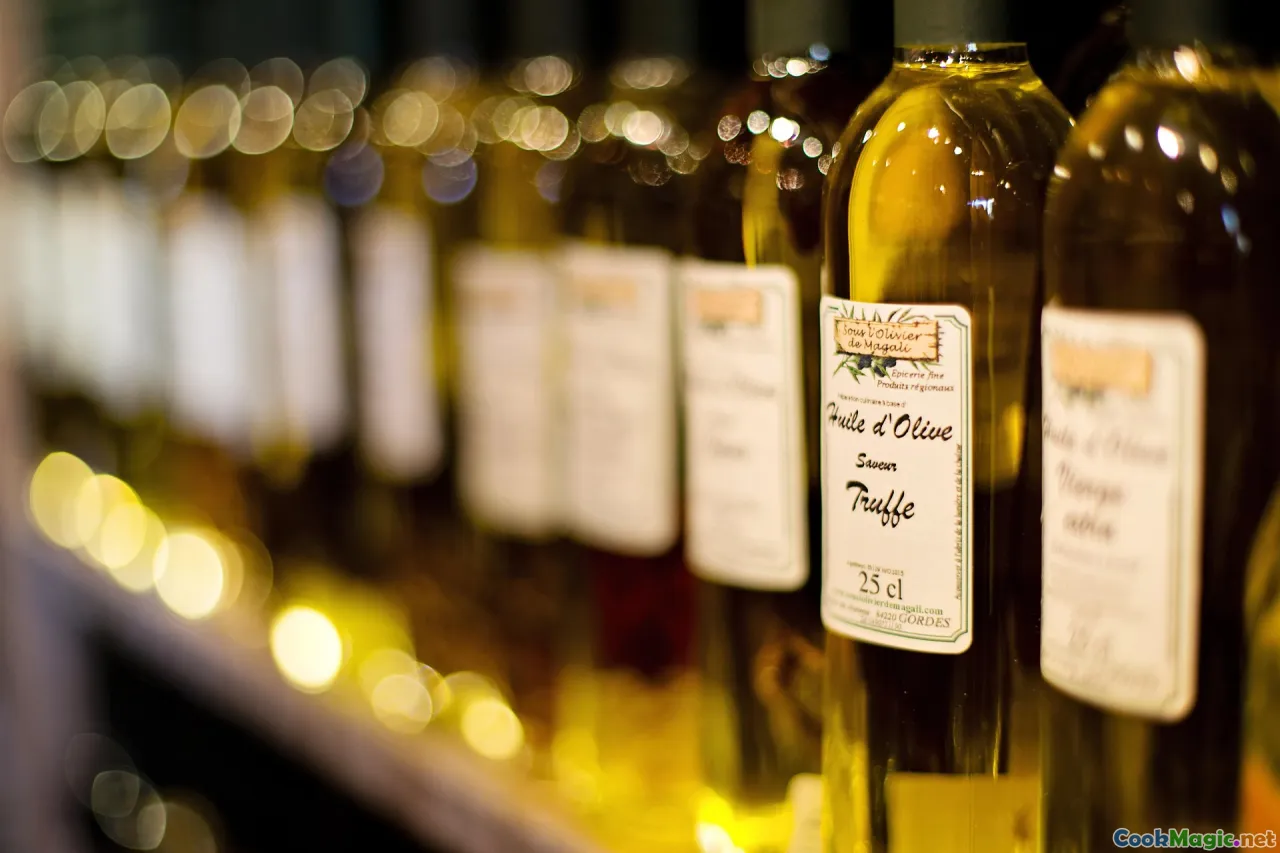
Oil Tempering Strategies in Hunan Style Dishes
When it comes to Sichuan and Hunan cuisines, bold flavors and fiery spices often steal the spotlight. Yet, beneath the vibrant dance of chili peppers and fermented pastes lies an artful mastery of oil temperature control—a subtle but powerful technique that elevates dishes from good to extraordinary. In Hunan cuisine, oil tempering isn’t just a cooking step; it’s a cultural ritual woven through generations, embodying history, emotion, and culinary ingenuity.
Let’s embark on a sensory journey into the world of oil tempering in Hunan's kitchens, exploring its secrets, methods, and the soulful dishes that owe their depth to this delicate craft.
The Cultural Significance of Oil Tempering in Hunan Cuisine
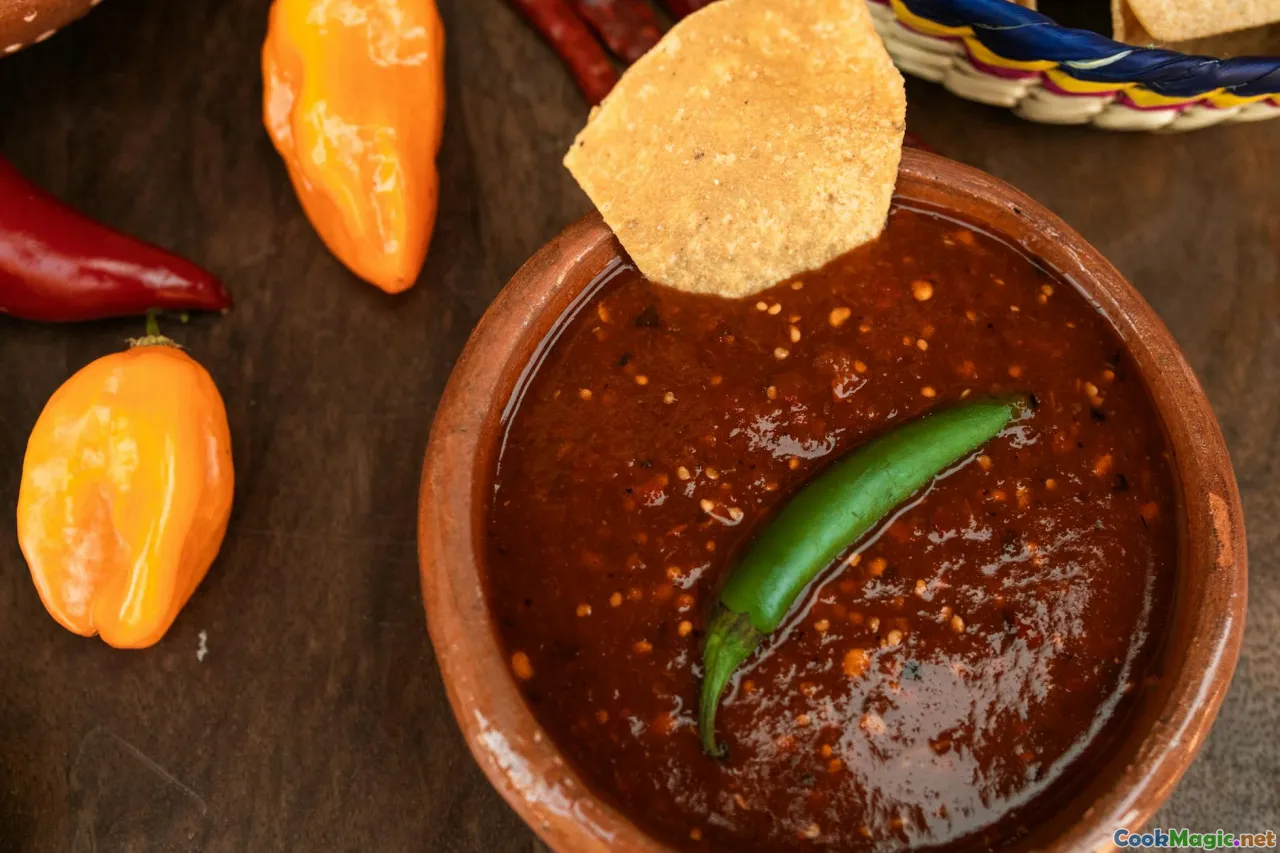
Hunan cuisine, known as "Xiang cuisine," boasts a reputation for its fiery flavor and robust aroma. Among the core techniques that define its character, oil tempering—or jing zhi—stands out as a foundation for creating complex layers of spice, aroma, and texture. Historically, this method dates back centuries, originating from agrarian communities where preserving ingredients and maximizing flavor was part of daily life.
For Hunan cooks, oil teeming with chili, garlic, or herbs is more than cooking oil; it’s a vessel for cultural storytelling. The shimmering, fragrant oil captures the mountains and rivers of Hunan Province — its fiery red hues mirror the passionate spirit of its people. Its creation is a meditation, a ritual snapping into tradition, anchoring emotion and identity in each stir and sizzle.
The Science and Art of Oil Tempering
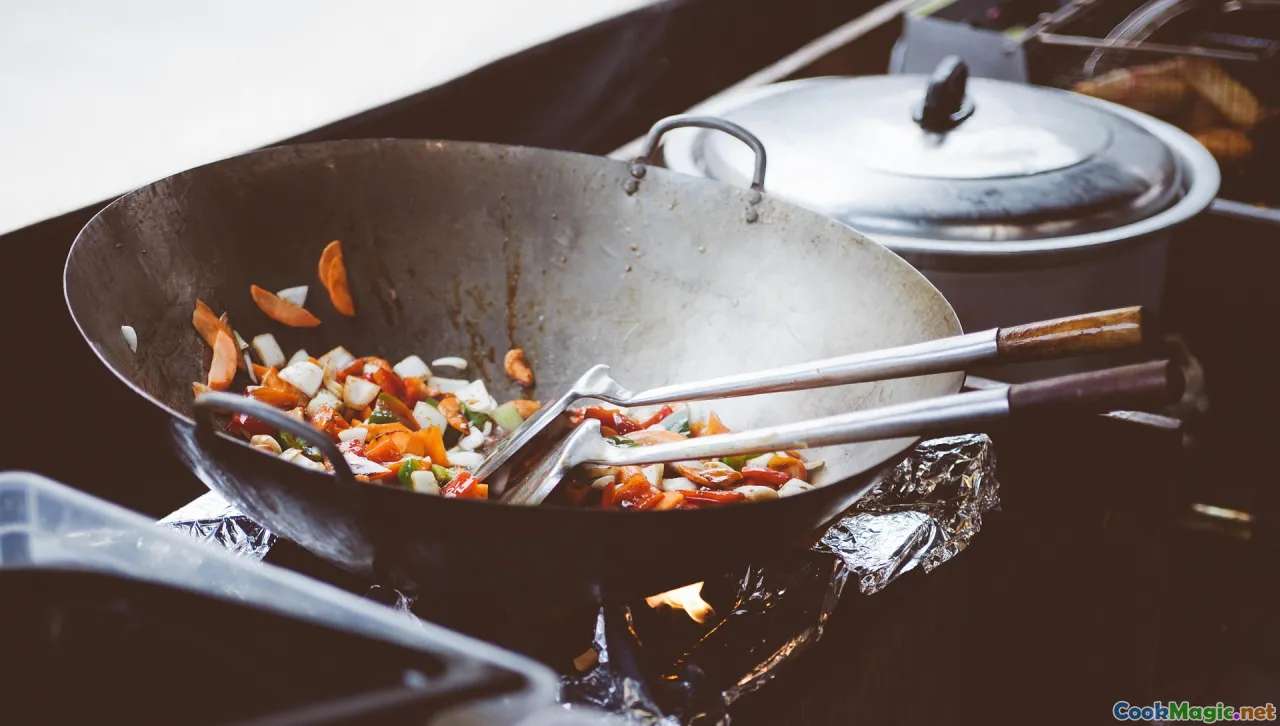
Oil tempering involves heating oil to specific temperatures to extract maximum aroma and flavor from spices. Unlike simple sautéing, this process demands precision. Too hot, and the spices burn, turning bitter and acrid. Too cool, and their flavors fail to develop fully. Striking the perfect balance produces a glossy, vividly colored oil that infuses dishes with a layered complexity.
In a typical Hunan culinary setup, a wok or deep pilot pan is heated until it just begins to shimmer. Dried chili peppers are then added—sometimes whole, sometimes crushed—immediately releasing a fragrant, spicy aroma that instantly awakens the senses. Garlic and ginger follow, their sugars caramelizing slightly, creating an aromatic syrup that underpins many signature dishes.
The goal is to reach an oil temperature of around 140°C to 160°C (284°F to 320°F), where aromatics bloom without burning. Chefs often adjust their heat source swinging between high and moderate, mastering the intuition that comes from years of experience.
Variations of Oil Tempering in Hunan Dishes
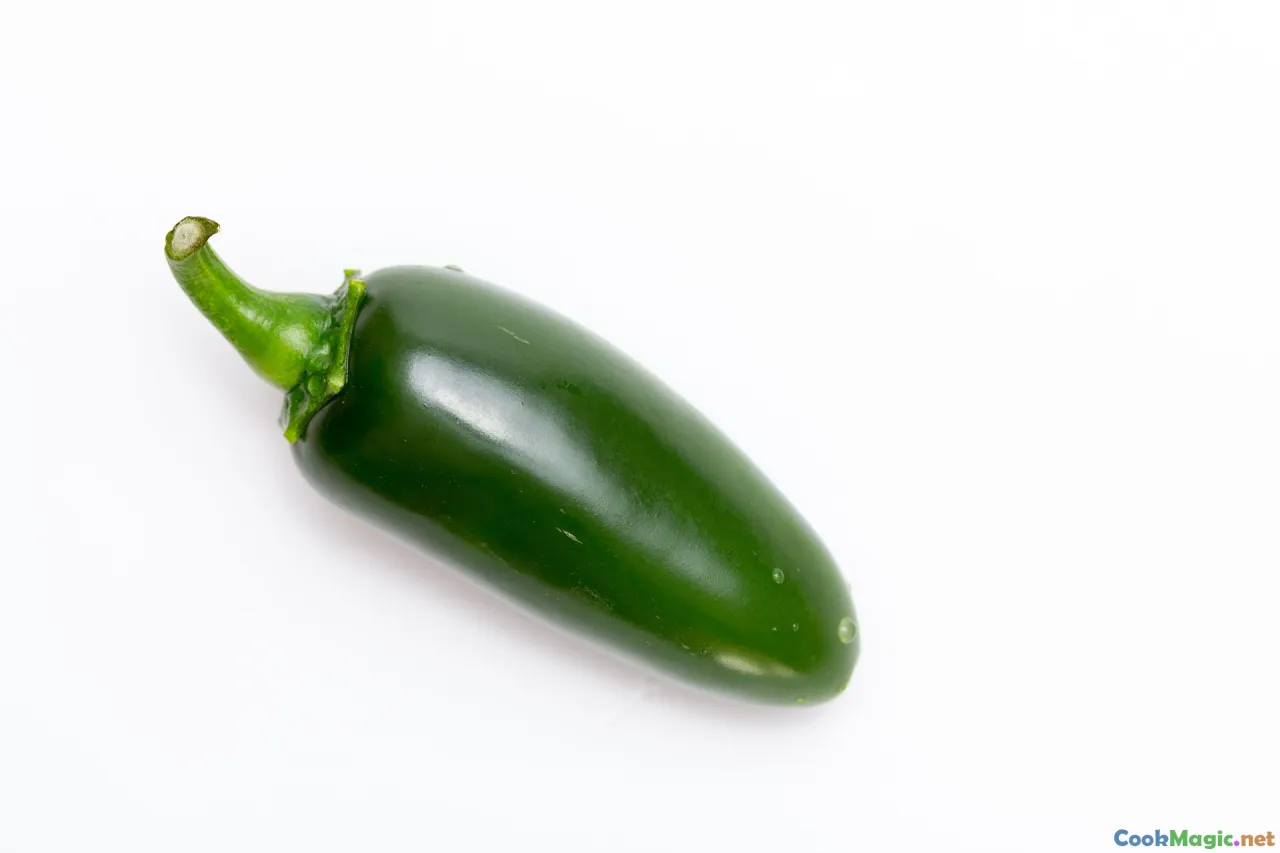
Different dishes demand different tempering styles, each tailored for an optimal sensory effect:
1. Spicy Fish in Red Oil (Shui Zhu Yu)
This iconic dish features tender, muddled fish slices bathing in a scarlet, oily bath infused with chili, Szechuan peppercorns, ginger, and garlic. The oil tempering process locks in the moisture, turning the fish into a shimmering spectacle of spiced tenderness. The chili oil—bright red, fragrant, and hot—clings lovingly to every morsel.
Chefs carefully prepare the oil—exquisite for its emerald-green or fiery red hue—by slowly heating chili and Sichuan peppercorns, releasing a riot of aromas that wake up the palate and nostrils. The oil’s temperature ensures this chemical symphony remains vibrant without burning.
2. Stir-Fried Vegetables with Chili Oil
In vegetable stir-fries, such as stir-fried spinach or snow peas, oil tempering enhances the crunch and preserves the fresh, green notes. Scorching hot oil entices the peppers and garlic to blossom, giving bites of green vibrancy layered with smoky, spicy gusto.
3. Chili-Infused Oil for Drizzling
A quintessential condiment—Hunan chili oil—becomes the crowning touch for dishes like stewed meats or cold appetizers. To craft this, oil is heated at an ideal temperature, then poured over chili flakes and sometimes dried aromatic herbs, which steep and release heat and flavor into the oil.
Mastering these variations hinges on timing, temperature, and the quality of ingredients, especially the chili peppers selected for their aroma and heat.
Techniques for Perfect Oil Tempering
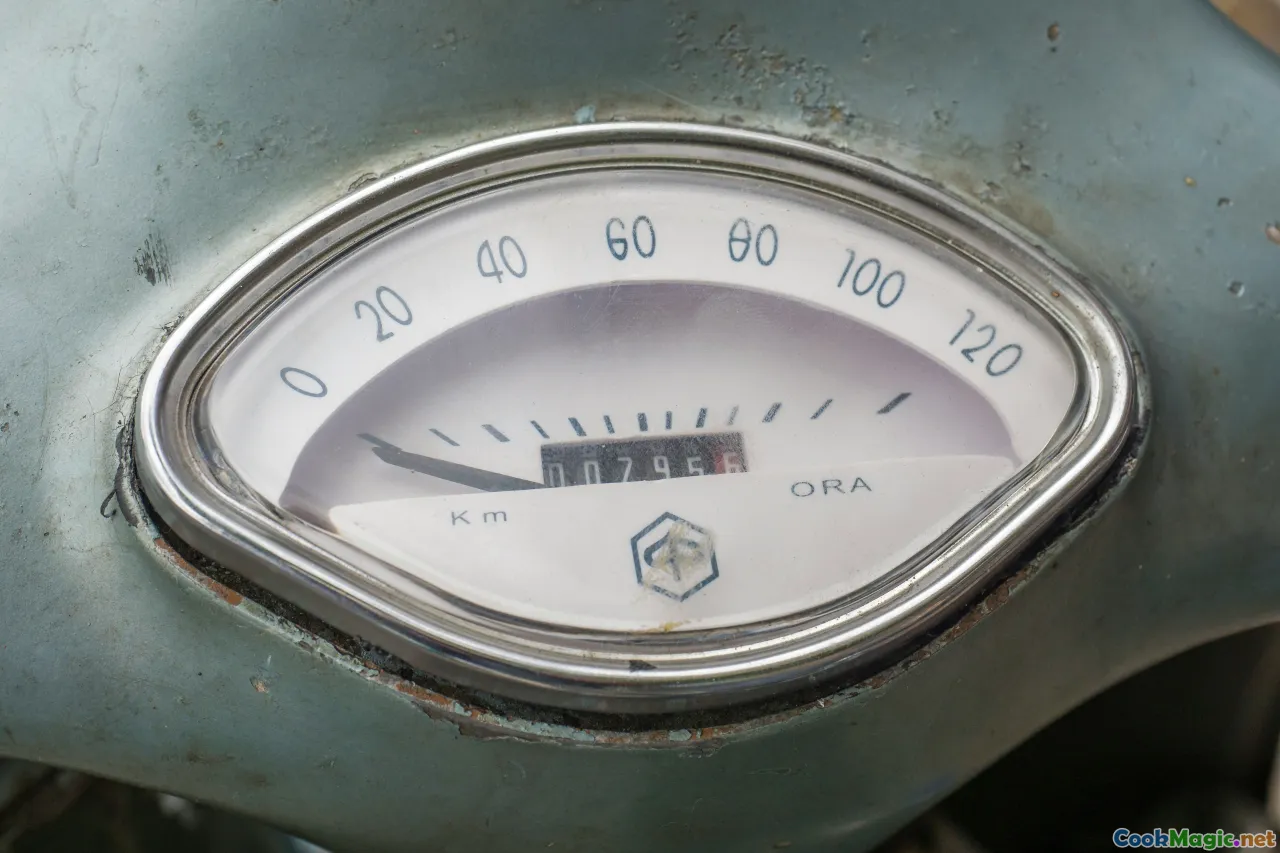
Achieving mastery in oil tempering involves several practical tips:
- Use a reliable thermometer: To accurately monitor the oil’s temperature, especially when working with delicate aromatics.
- Choose the right oil: Peanut oil, soybean oil, or other high-smoke point oils are preferred in Hunan kitchens for their stability and neutral flavor.
- Layer spices thoughtfully: Start with aromatics like garlic and ginger, followed by spices like chili flakes or dried peppers, to prevent burning.
- Control heat with a wok or burner: High heat for rapid temperature escalation, but always monitor to avoid burnt flavors.
- Prepare ingredients in advance: Have all your spices ready; rushing can lead to over- or under-tempering.
Common Mistakes and How to Avoid Them
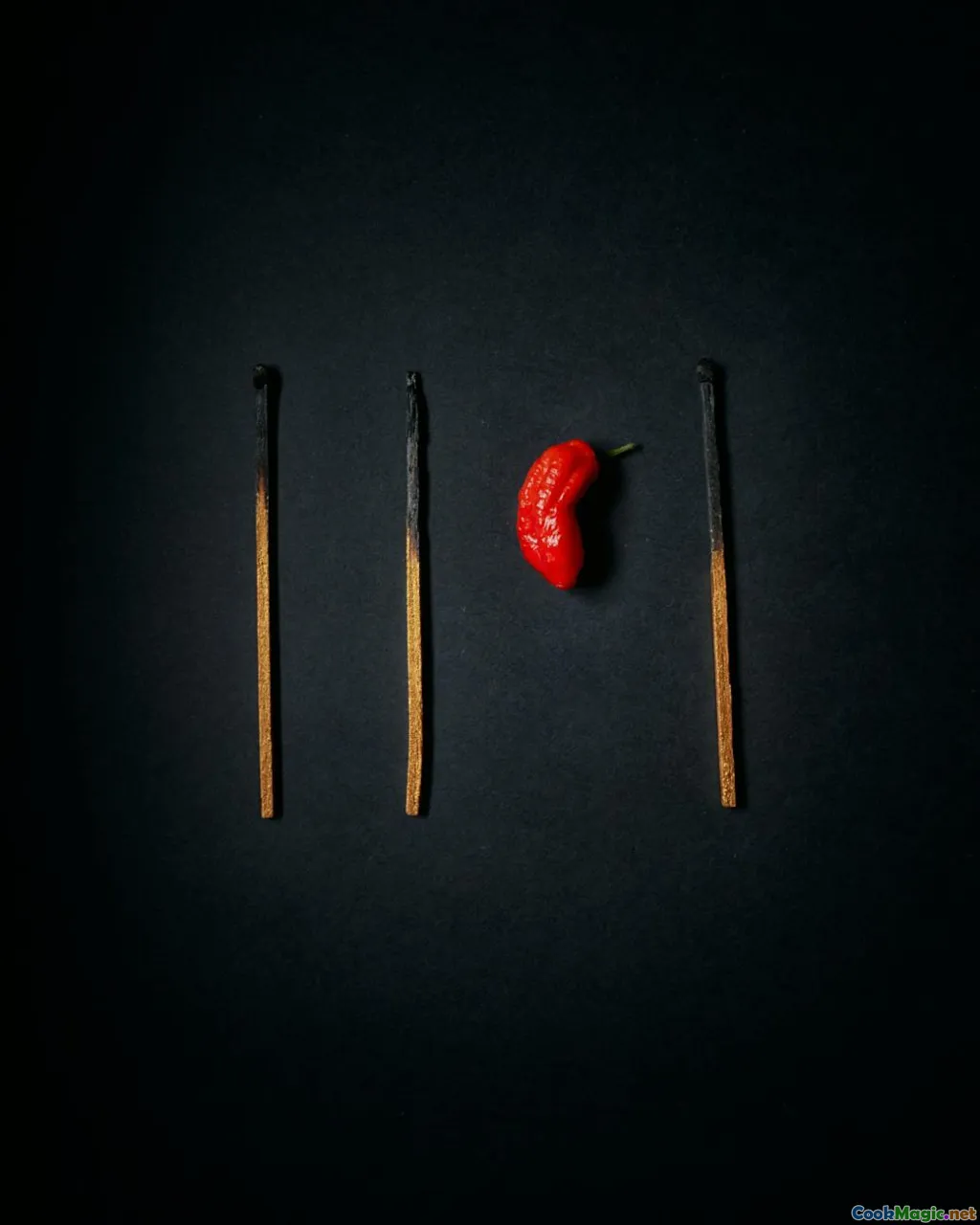
Even seasoned chefs can stumble into pitfalls:
- Overheating the oil: Burning chili or garlic causes bitterness. Always keep a close eye and remove the heat promptly.
- Adding ingredients too early: Adding spices before reaching the right temperature can lead to a bland or dull flavor.
- Using low-quality oils: Imparting off-flavors that diminish the vibrancy of the dish.
Practice, patience, and awareness are vital—each batch teaches a new lesson about the delicate balance of heat and aroma.
Personal Insights and Traditions
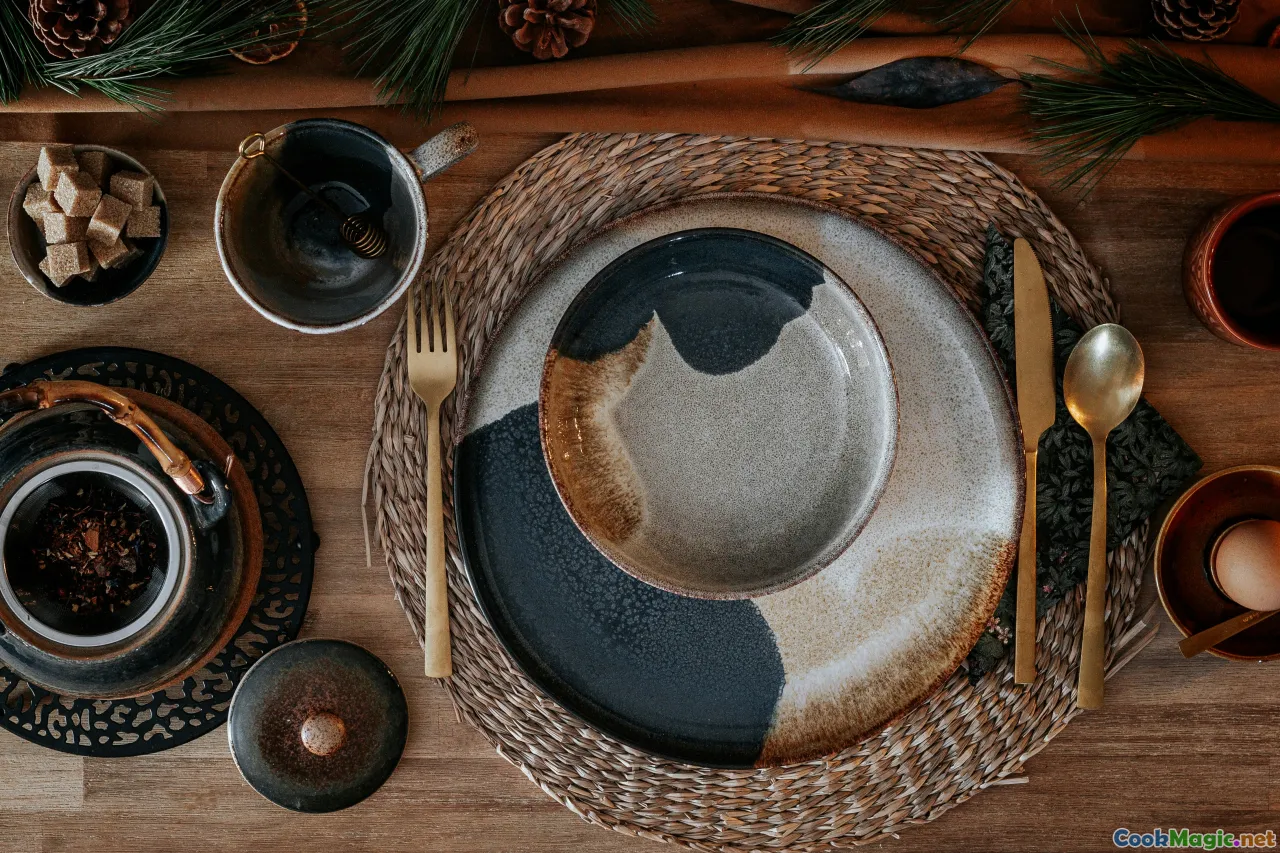
Many Hunan chefs and home cooks believe that oil tempering embodies more than a culinary technique — it is a reflection of patience, respect for ingredients, and a love passed through generations. In my own experience visiting small towns and family kitchens across Hunan Province, I observed that the act of heating oil was often accompanied by stories—about ancestors’ recipes, local festivals, or personal memories.
In one memorable visit to a street-side stall in Zhangjiajie, the bubbling oil released a fiery aroma that seemed to unify everyone around the sizzling pans. The cook explained that each batch is infused with a bit of heart — an unseen ingredient that makes the dish uniquely Hunan.
The Future of Oil Tempering in Hunan Cuisine

While traditional techniques remain cherished, contemporary chefs experiment with variations—using different oils or infusing spices under controlled temperatures to achieve new flavor profiles. Some are blending fresh herbs or aromatics into fiery chili oils for more nuanced aromas, reflecting urban culinary innovations while respecting authenticity.
This evolution signifies not abandonment but expansion—a vibrant dialogue between past and present. Modern tools like precision thermometers and induction stoves allow for more meticulous control, making the art of oil tempering more accessible without losing its soul.
Final Reflection
Oil tempering in Hunan cuisine is a testament to the nuanced interplay of heat, aroma, and emotion. It connects chefs and home cooks alike to a cultural tradition that celebrates patience, mastery, and passion. As you experiment with your own kitchen, remember that each drop of fragrant, fiery oil carries centuries of history and a fiery spirit worth honoring.
Embrace the art, refine your technique, and let the steaming, sizzling symphony of Hunan flavors ignite your culinary journey—layer by luscious layer.









